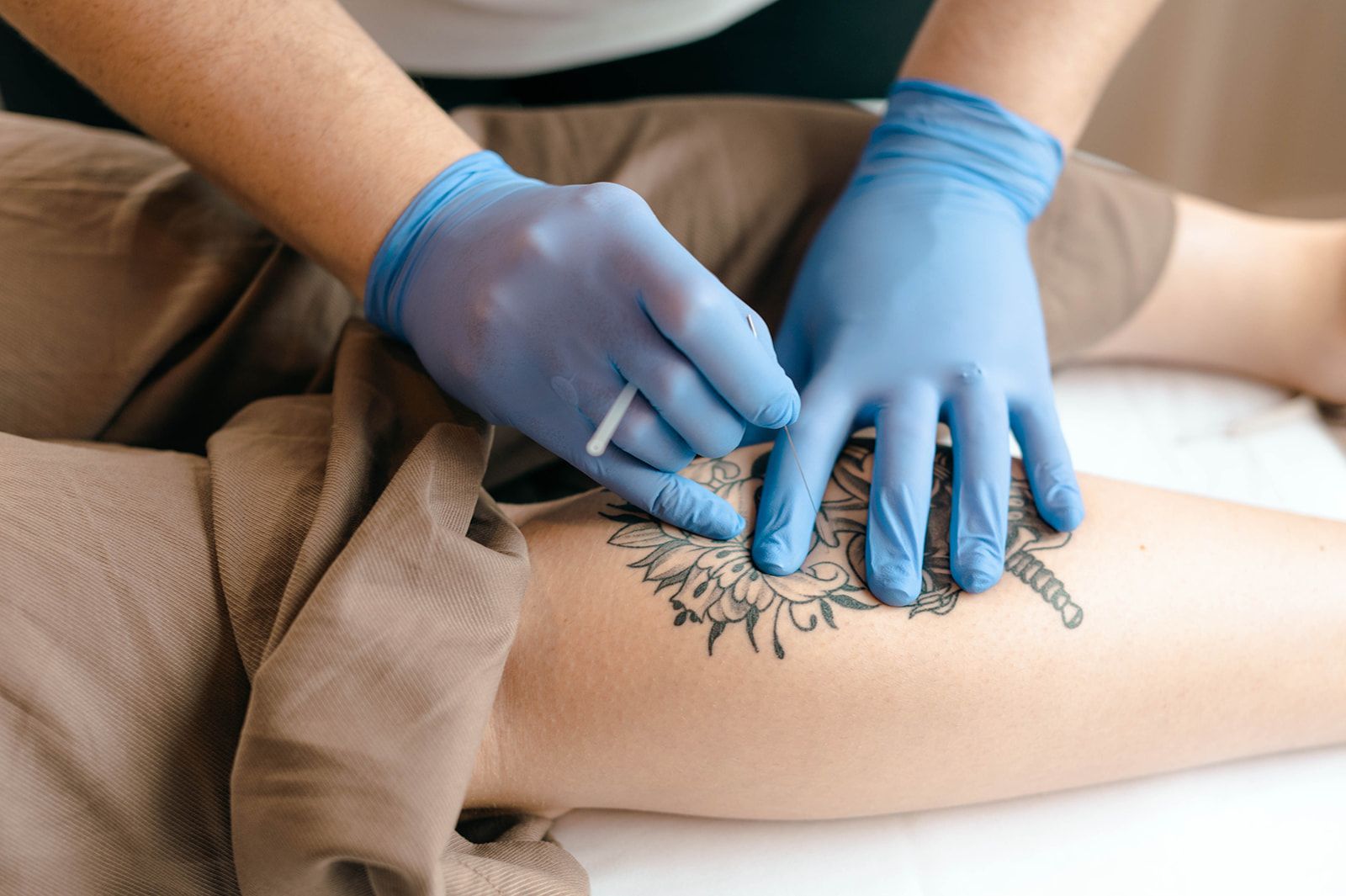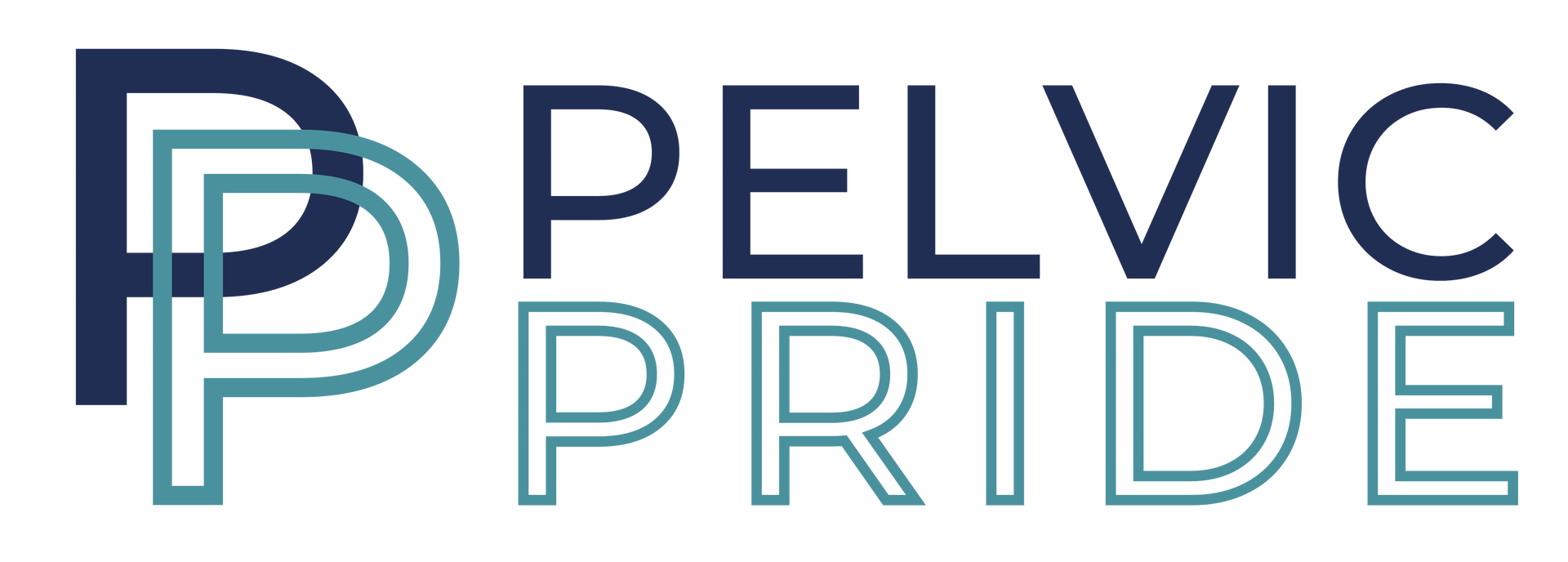Dry Needling FAQs
Currently dry needling by a physical therapist is allowed in over 39 states + DC! It is the hope of numerous physical therapists (and patients) that all states allow PTs to provide dry needling services in the near future. Along with the list of conditions that dry needling can help with, comes a list of questions from patients. Below are the top 10 frequently asked questions about dry needling that are asked by our patients.
#1: Is it the same thing as acupuncture?
NO! On the surface it may look the same but it is certainly different. (Disclaimer: I am a physical therapist trained in Dry Needling (DN), not an acupuncturist) .
With DN our goal is to decrease pain and improve muscle function . We achieve this by isolating trigger points in the muscle, introduce a needle to this spot to ideally create a twitch response and release the trigger point. This will help to decrease pain as the muscle in and around trigger points is found to be more acidic which muscles and nerves don’t like. With needling we achieve increased blood flow/oxygen which helps promote healing and decreases acidity in the area. Releasing trigger points in this manner can also result in better muscle activation. .
Typically, acupuncture is classified as Eastern medicine that is said to work through placing needles along specific meridians to restore the Qi or energy flow.
#2: Does it hurt?
Can I go with the stereotype of “it depends on your pain tolerance” ? If you are educated on expectations beforehand it is very tolerable, but I am going to break this down further for you as there are a few parts to this question.
Part one: Insertion - The needle is very fine (the standard thickness is 0.30mm) and it is housed inside a small guide tube similar to a thick straw. This guide tube will be placed on your skin so ideally you will feel the blunt tube more than the quick prick of the needle. Often times, patients do not feel the needle go in at all.
Part two: The actual needling - This is normally the most uncomfortable part, but that is due to the twitch response. I always warn my patients they may feel a pretty intense twitch depending on the size and sensitivity of their trigger points. This may be “painful” because it is startling the first time you feel it, but once patients get used to it they often remark that it’s truly not as bad as they thought.
The things to remember while you are being needled:
- keep taking nice, full breaths
- feel free to give us feedback of what you are feeling and where you are feeling it
- you are in control the whole time - you can stay stop, you can tell us slow down or pause if you need to breathe throughout
While we are highly skilled professionals, occasionally we may hit a small artery or even a nerve. I promise we palpate like crazy to avoid these before we start needling you!! But if we needle either of these, you may feel more discomfort. Again, keep giving us feedback because it helps us realize when we may have hit one of these two structures.
Part three: The aftermath - you will feel like you had a good workout the day of and the day after. Normally the areas we needle are a little tender afterwards. Use ice or heat for 10 minutes at a time to help reduce this soreness.
#3: Are there risks involved?
We touched on this a little bit yesterday, but yes, as with all interventions there are risks. For dry needling, we have a few we will discuss:
- The most minor risk is that we hit an artery or vein resulting in bleeding that stops in just a few seconds. We may also hit a nerve which results in the feeling of numbness and tingling shooting from the spot we are needling, but will resolve when the needle is moved from the area and no longer contacting the nerve.
- Infection is another very unlikely risk as your therapist should use a sterile technique. A study was performed on patients administering their diabetic insulin injections through clothing and the incidence of infection was less than 2%. With dry needling we are making it safer by needling directly into skin - never through clothing and using sterile needles with gloved hands.
- Probably the most serious but again unlikely risk is a pneumothorax. This occurs if the therapist happens to puncture your lung with the needle they are using. This brings me back to we spend A LOT of time palpating to make sure we are in the safe zone and will not hit your lungs. If you do experience shortness of breath after needling in the shoulder or trunk it is advised you seek immediate medical attention to determine if you are experiencing a pneumothorax. (From the instructors during my training it has been advised that you would have to hit the lung multiple times to cause this much damage and while a patient should still go to the ER you will likely only be held overnight if your lung has collapsed more than 50% - the point is this is VERY rare). With these things in mind, you should feel fully educated before consenting to dry needling and have confidence in your therapist that is needling you. If you do not feel comfortable with them performing this procedure, then please do not go through with it. In my experience the benefits are great while the risks are minimal. We are board certified, licensed professionals with certifications to perform this technique - we take all steps possible to minimize the risks while treating any patient!
#4: How long do the needles stay inserted?
For normal trigger point needling, the needle is not placed in the area for long - typically 10-12 passes of the needle through the muscle before it starts to dull and the needle is less effective. So let’s clarify - the needle is “tapped” into the body going through the skin, fascia, and into the muscle. We keep the needle in the muscle layer and piston the needle in this layer to release the trigger point. These 10-12 passes are not the needle coming out and going back into the skin 10-12 times. However, we may try a few passes in the area we have isolated the trigger point and need to back the needle up a little and redirect. You will not feel anything with this, but it may take a few seconds longer. I rarely have one needle in for more than 30 seconds. This is very different for scar tissue which we will address in a few days.
#5: Can you needle a nerve or a joint?
The short answer is NO. There is one school of thought that discusses needling nerves, but more often than not the institutions that we receive our Dry Needling Certifications through do not endorse needling nerves . This is due to the pain involved and the ability to easily irritate this area and cause more pain than when we started. As for the joint, this is not a contractile structure and no part of the joint should be needled. The muscles around the joint can be needled and often times provide a feeling of relief in the joint, but we are not sticking a needle into the joint.
#6: Can you needle my scar?
Yes, scar tissue can be needled. Scar tissue can impede the normal movement of skin, fascia, muscles, and even organs (if they are involved in the scar tissue i.e. uterus with C-section). Think reaching overhead and feeling a pull in your low belly with that C-section scar; or sitting in a chair and feeling a pull in the scar on your knee.
There are methods of needling scar tissue that involve inserting needles around the scar then twisting the needles to cause the scar tissue fibers to wrap around it to allow for mobilization of the tissue. Once these needles are placed we may leave them in place a little while, twisting a little more every few minutes. We can even get them in place and then provide a manual stretch to the skin around the needles to help encourage movement in all directions.
#7: Will I be able to resume normal activity afterwards?
Absolutely! We highly encourage movement after needling! Drink plenty of water, stretch the needled muscles, and keep them moving to decrease the soreness and to improve their firing pattern. Remember that trigger points can cause movement dysfunction. Once we have released the restrictions and the muscles are moving better, we want to reinforce this new happy and appropriate movement pattern . Keep you activities within reason though, I would not necessarily advise running 6 miles or going to the gym to lift a lot of heavy weights right after. Make sure to ask your physical therapist any questions you have about what you can and should do after dry needling.
#8: What kind of training does it take to be able to Dry Needle?
This varies largely by state and program, but in general it takes from 40-100 hours of training followed by a written and practical examination to obtain certification . During these courses, we receive a very thorough review of the anatomy, study referral pain patterns that common trigger points can create, and learn the appropriate methods to provide needling services to our patients. This includes isolating the trigger points via palpation, finding the best hand positioning to safely administer the needle for treatment, and ensuring we are not going to hit major nerves, arteries, veins, or the lungs. When we attend these courses we are both the therapist and the patient and have been needled in every muscle we will needle you in. Most commonly, therapists who are certified will carry the designation Certification of Dry Needling (CDN) or Certified Manual Trigger Point Therapist (CMTPT).
#9: Is Dry Needling available in all 50 states & Washington, DC?
NO! Unfortunately Physical Therapists are not able to perform dry needling everywhere. According to the most recent information from the American Physical Therapy Association there are 34 states allowed to Dry Needle, 7 states that are prohibited: California, Florida, Hawaii, Oregon, New Jersey, New York, Washington; and 9 states where the laws are silent on physical therapists performing dry needling: Connecticut, Indiana, Massachusetts, Michigan, Minnesota, Missouri, Oklahoma, Pennsylvania, Wisconsin. There is currently legislation in many of these states working to change these decisions and allow dry needling. Take a look into your home state if you are in one of the states that cannot dry needle to see how you can help!
#10: Will insurance pay for Dry Needling?
Maybe. As of 2020, CMS (part of the Department of Health and Human Services) added Dry Needling CPT codes (medical codes that are used to report medical procedures and services to entities such as health insurance companies) which separates dry needling out as its own billable code. In current practice, I have not seen many insurances that will pay for the new Dry Needling codes however this does not mean they aren’t out there. Along with the addition of these codes,
many PT practices are charging additional fees to be dry needled in clinic . These fees can range anywhere from $30-$50 each visit to be dry needled (and in some places this is on top of your copay or co-insurance if you have one.) With these new changes the price of dry needling from an insurance based practice and a private pay practice can be similar. This makes seeing a private practice PT more advantageous as you will get
one-on-one skilled care directly from a therapist and do not have to share your time with another patient or work with a rehab tech.
Where to find treatment in Maryland
At Pelvic Pride Physical Therapy & Wellness, we specialize in the treatment of ALL pelvic floor conditions! We are conveniently located in the Federal Hill neighborhood in Baltimore MD. Fill out our contact form & our Patient Care Specialist will reach out to you ASAP!
Next on Your Reading List
- The Pros and Cons of Dry Needling
- Pints & Pelvic Floors: Painful Sex
- The 3 Treatment Methods of Pelvic Therapy
Love our content? Let's stay connected!
Subscribe to our newsletter for personalized updates when new blog posts are dropped.







